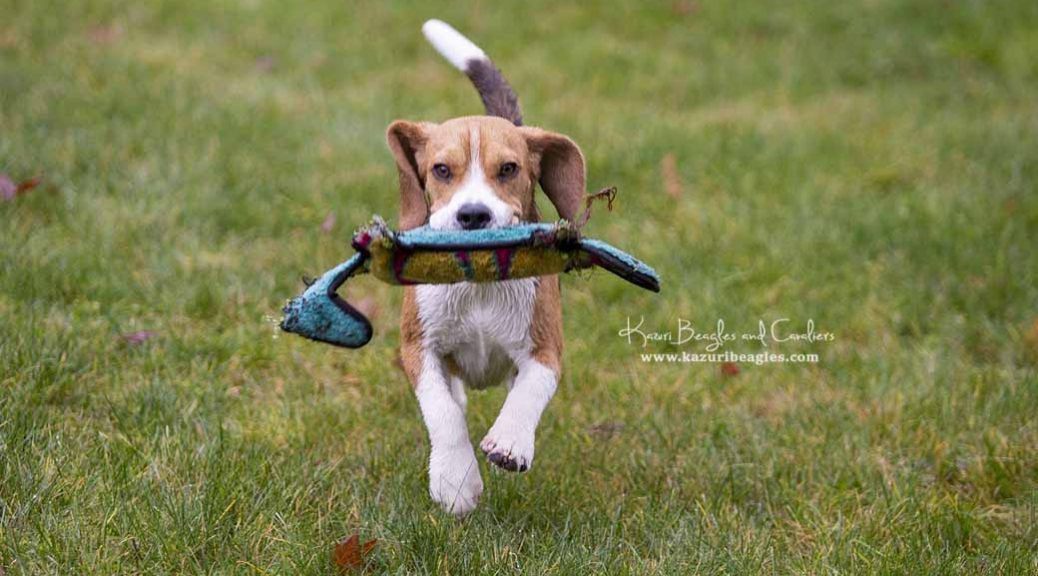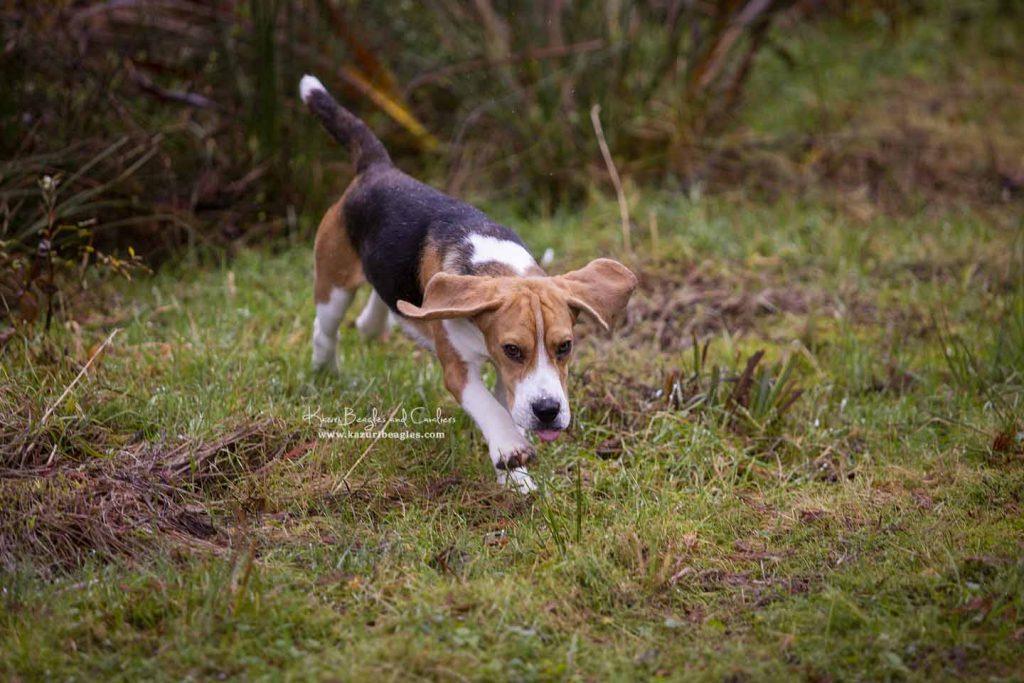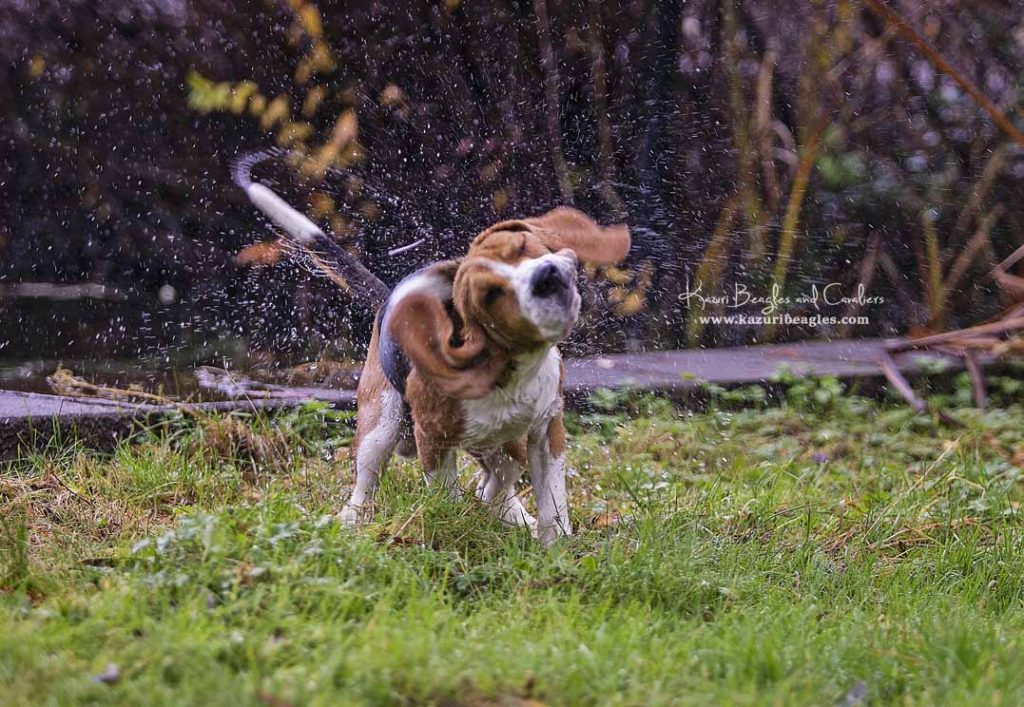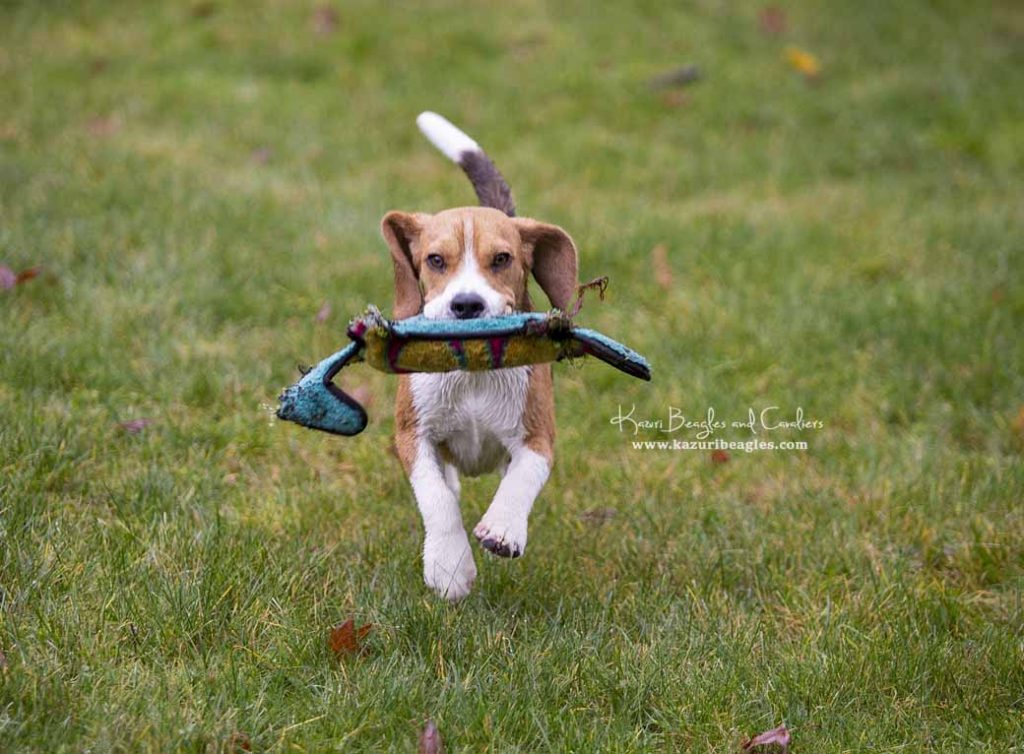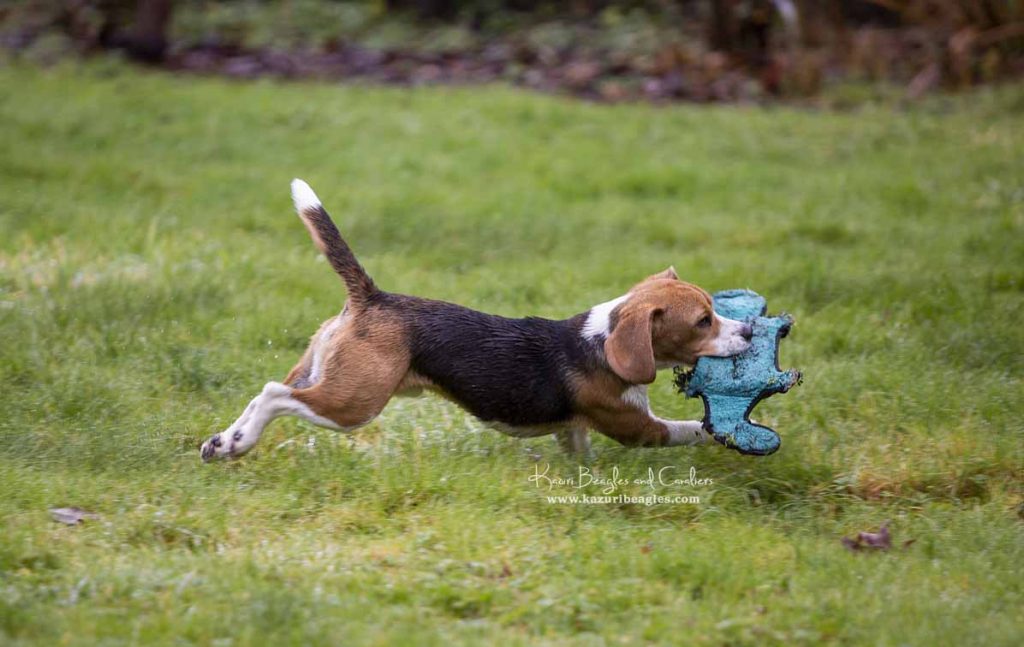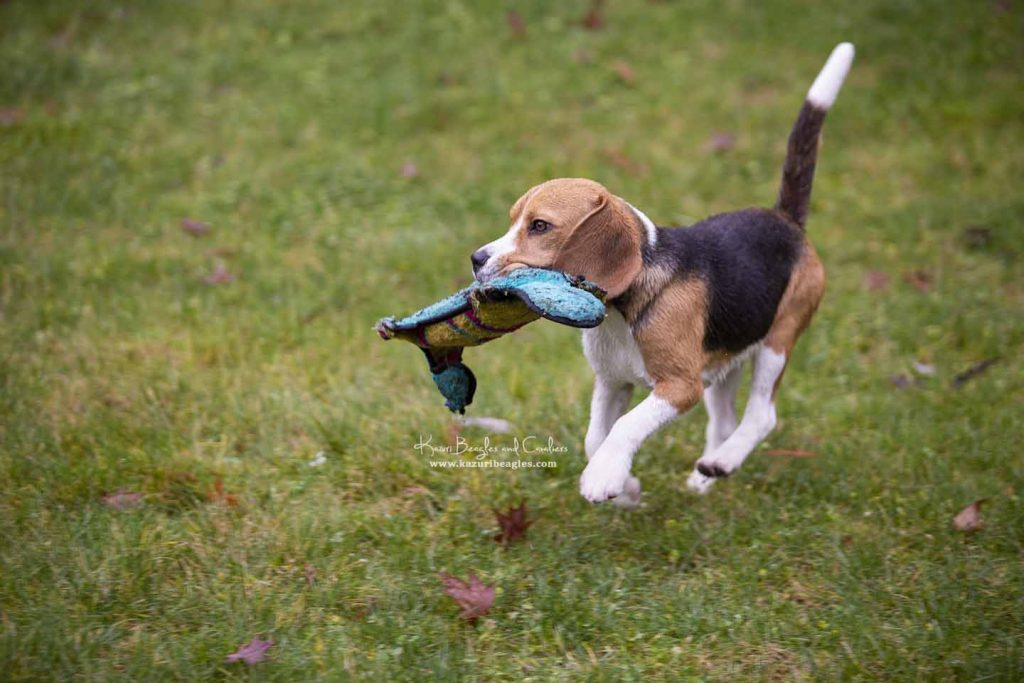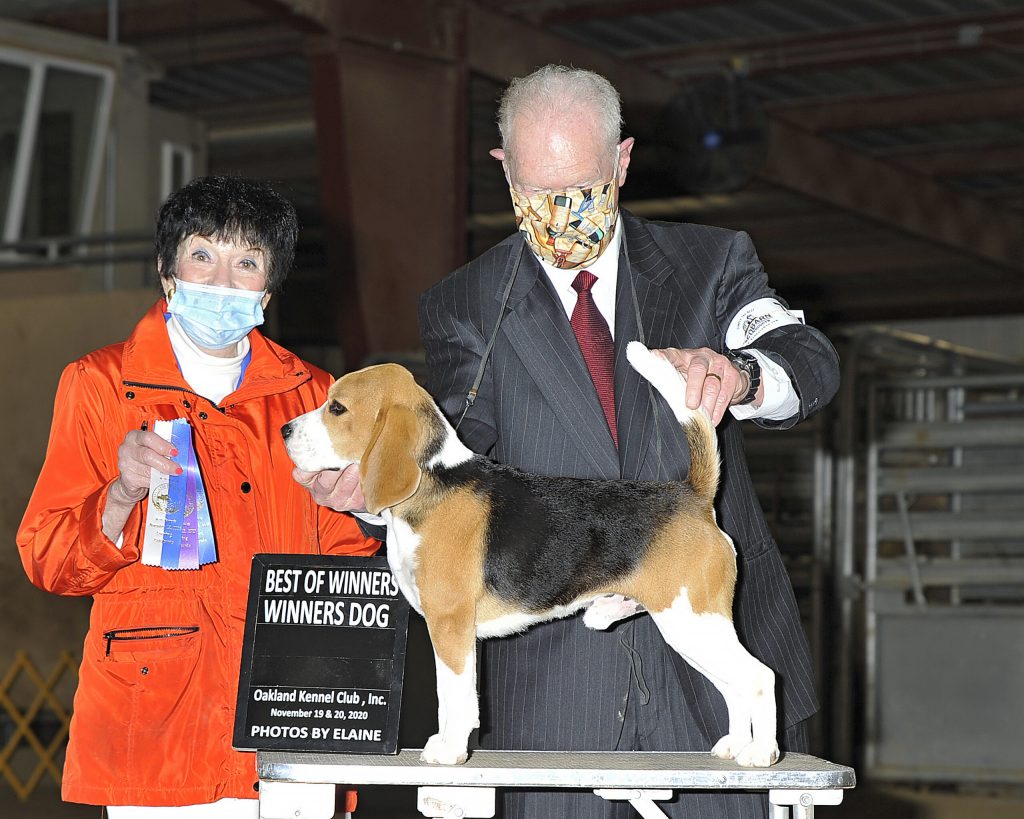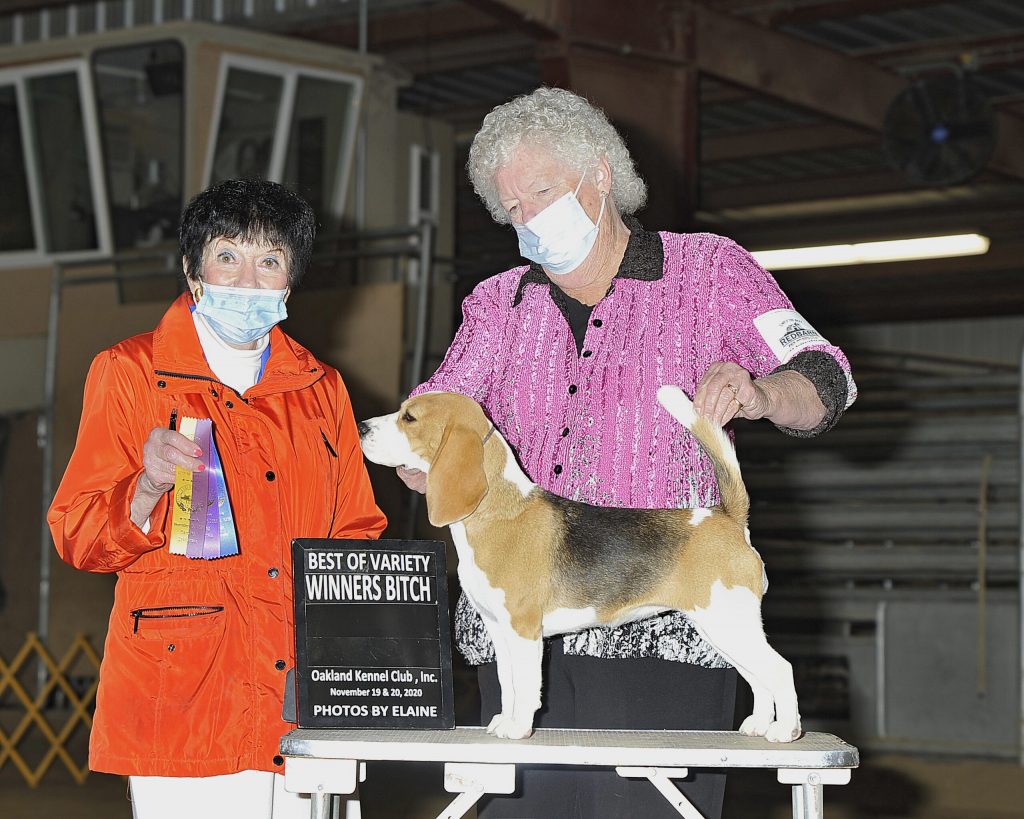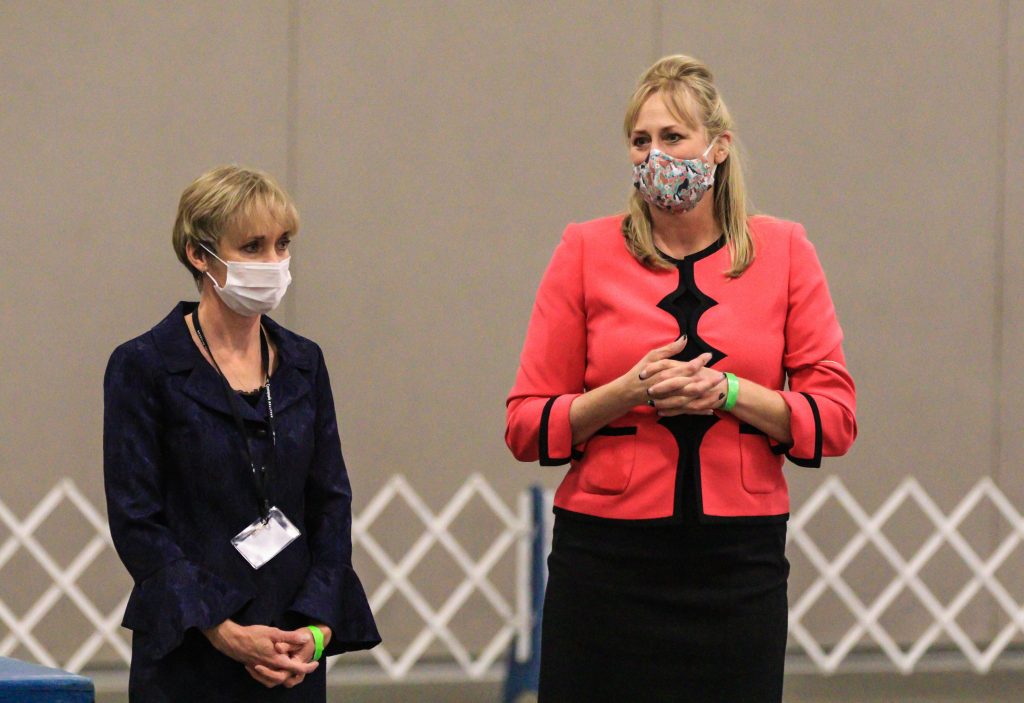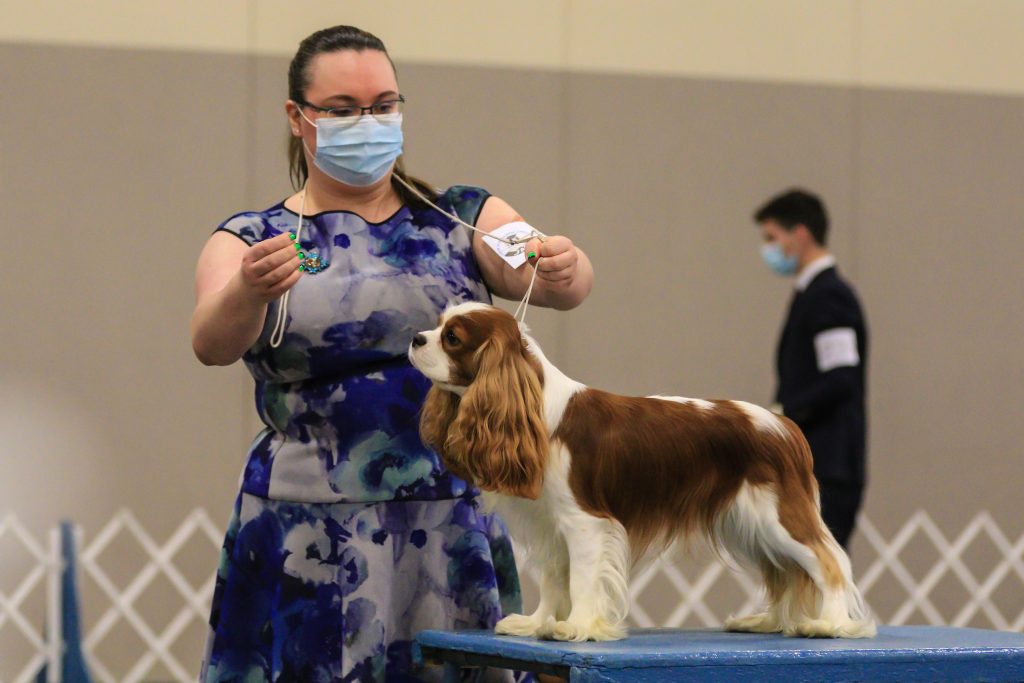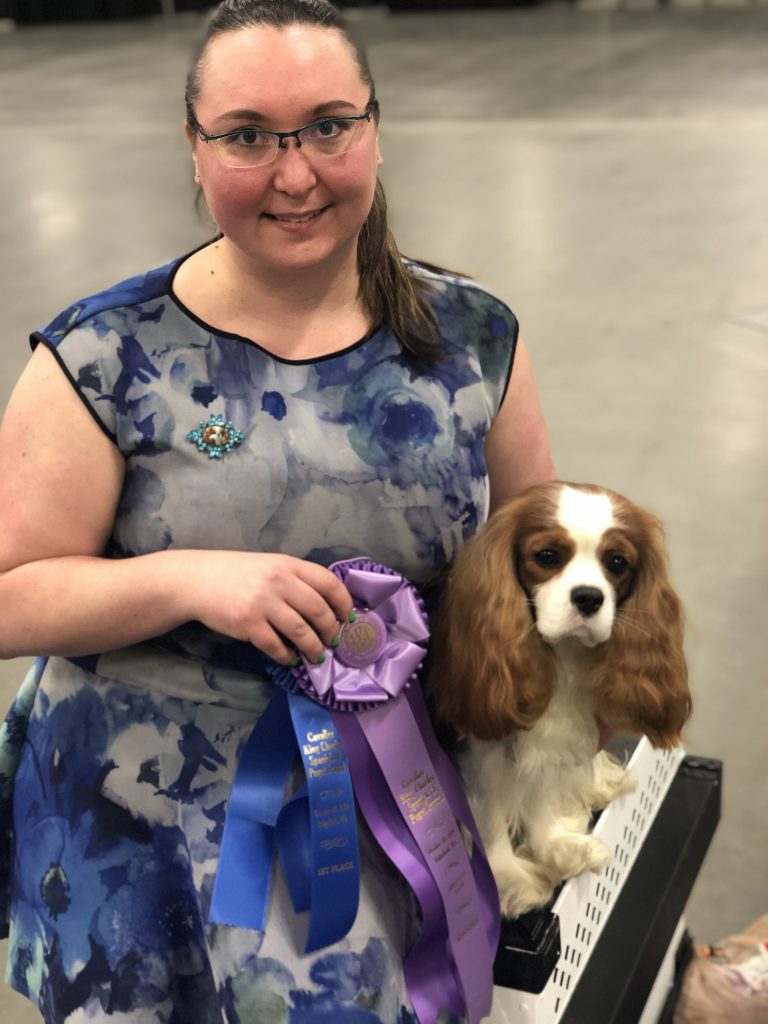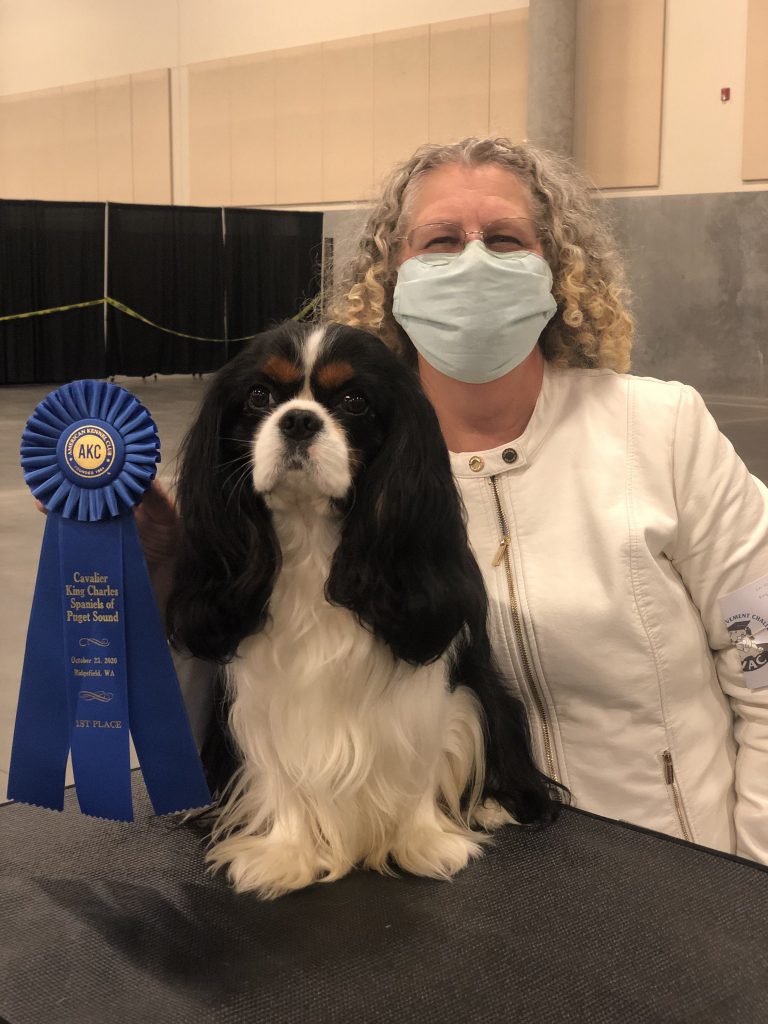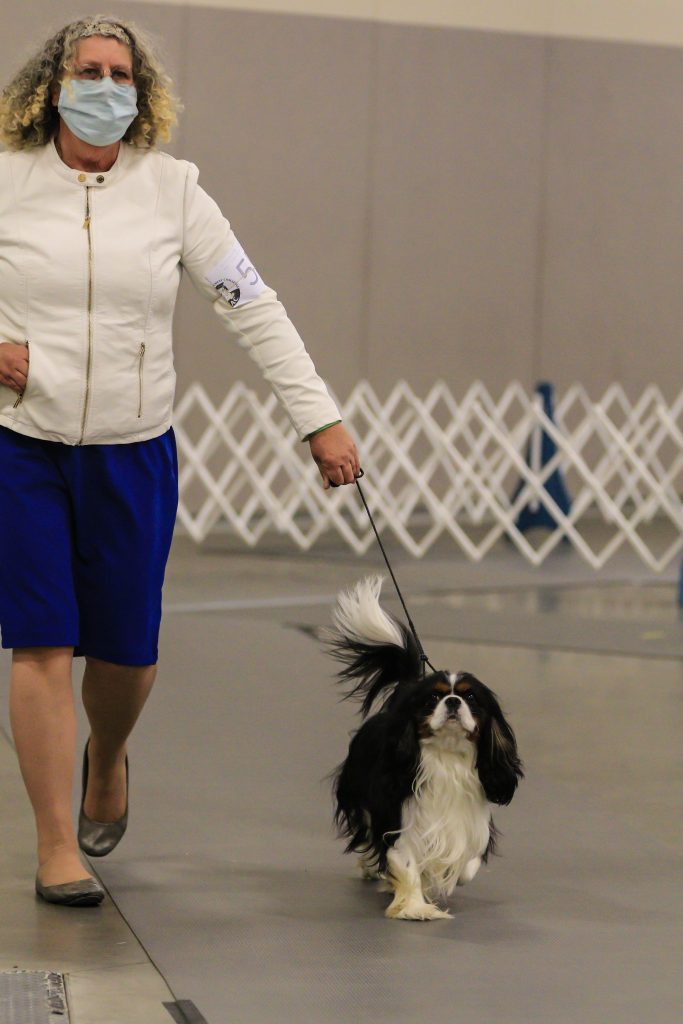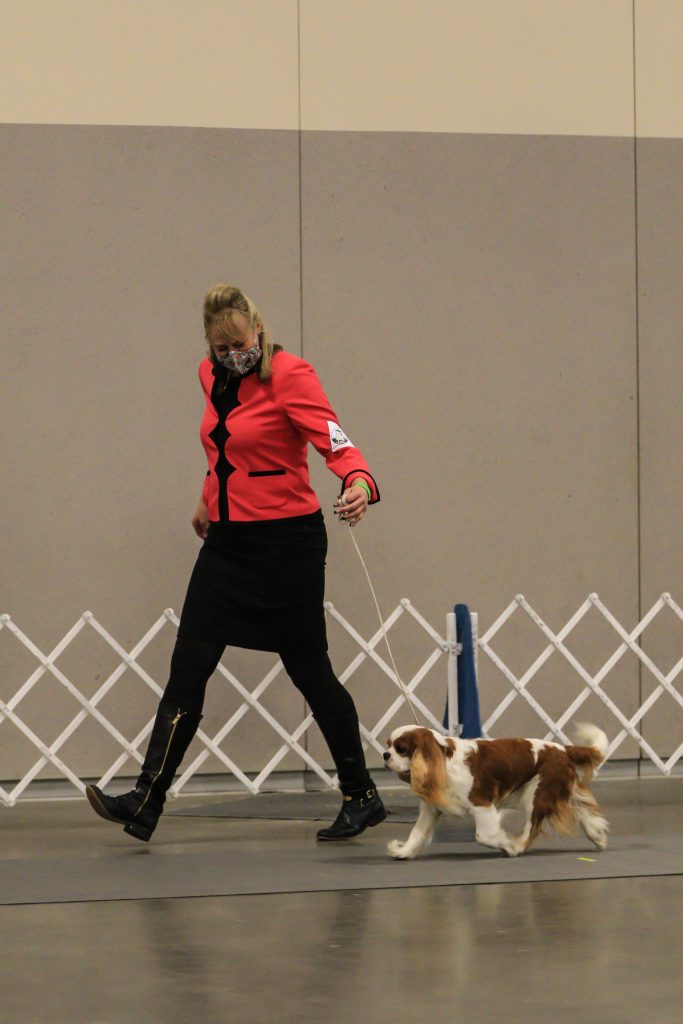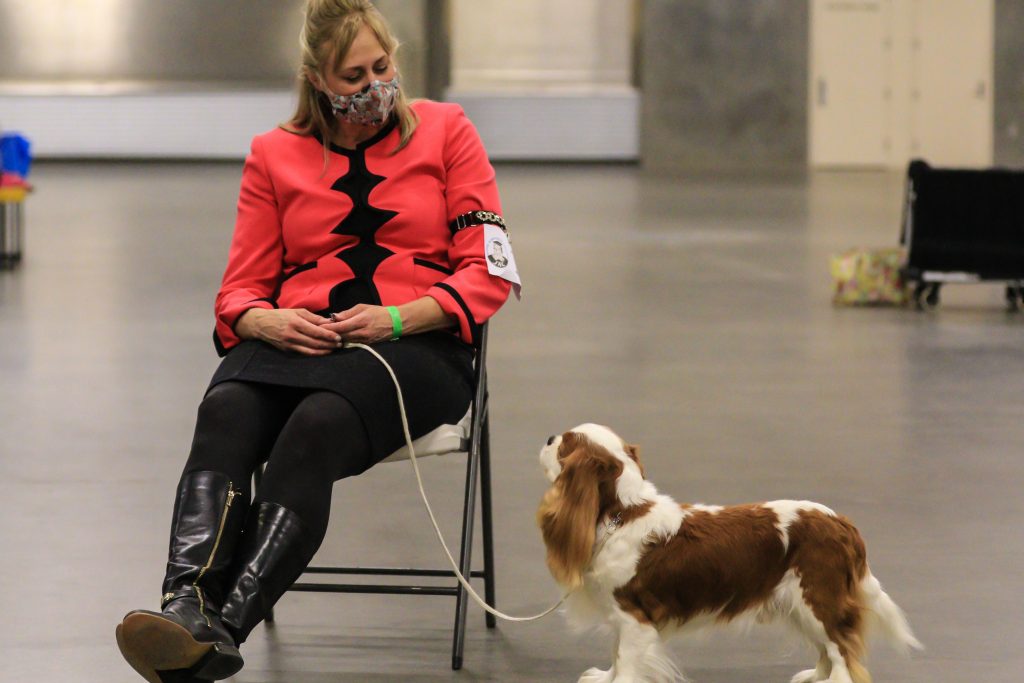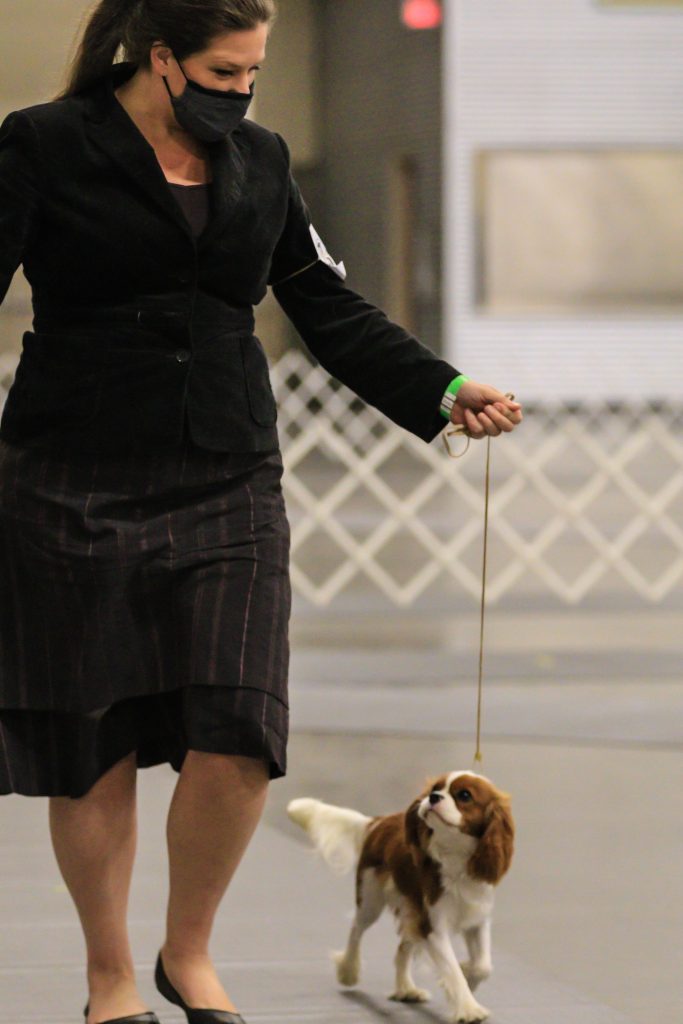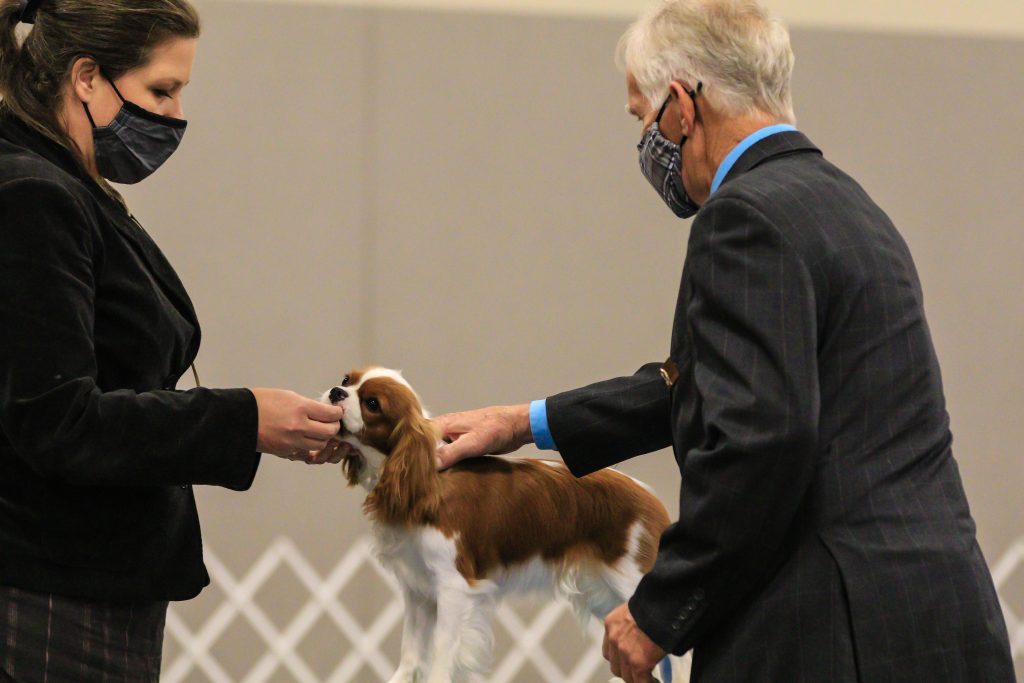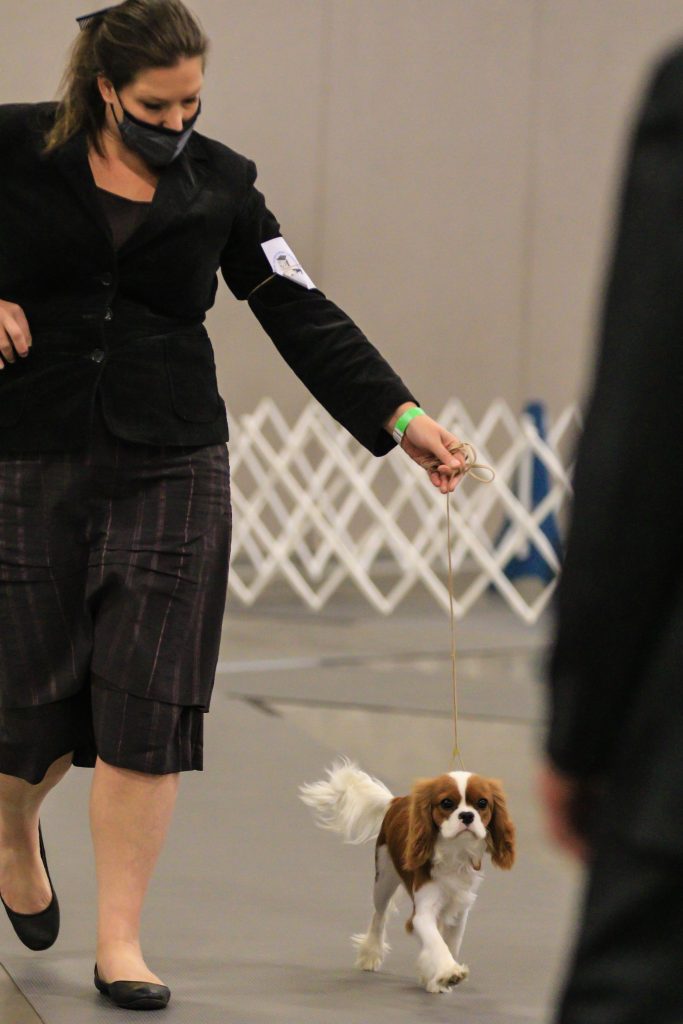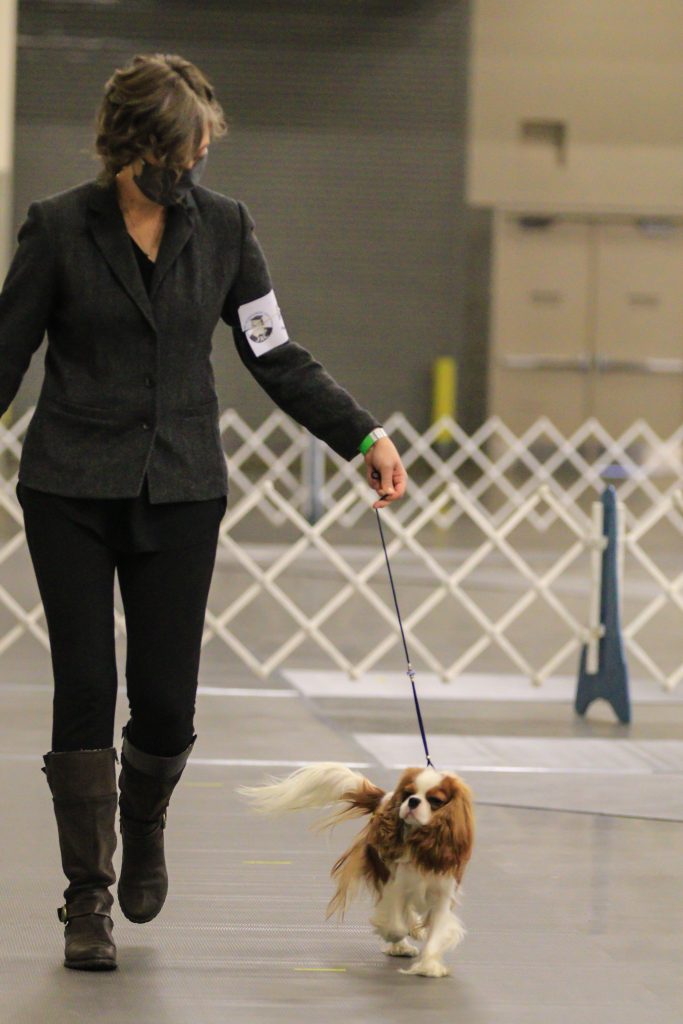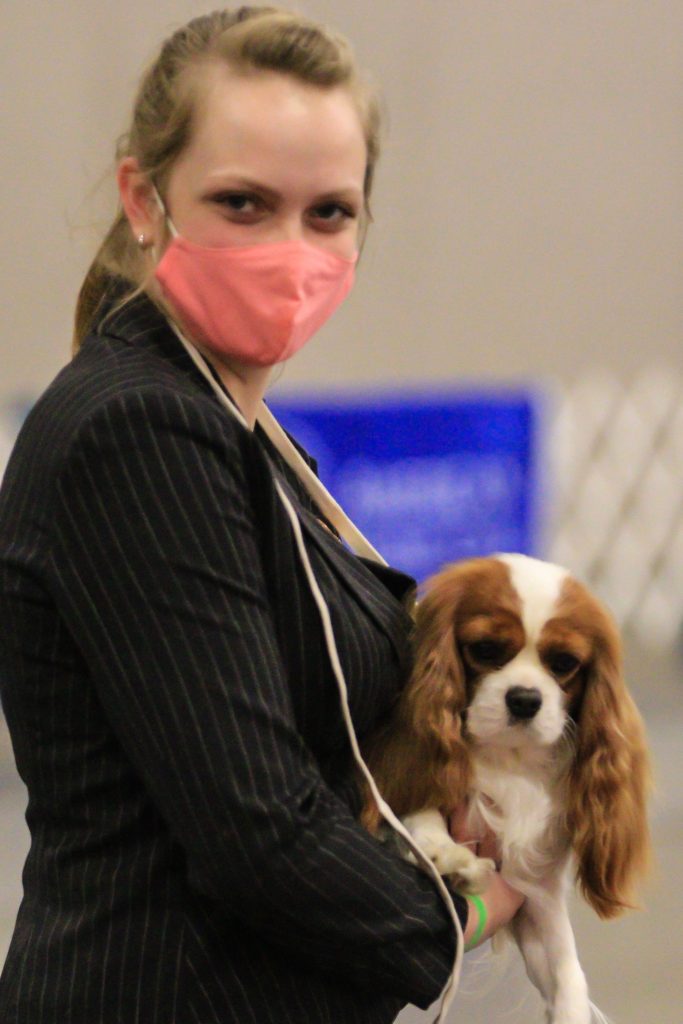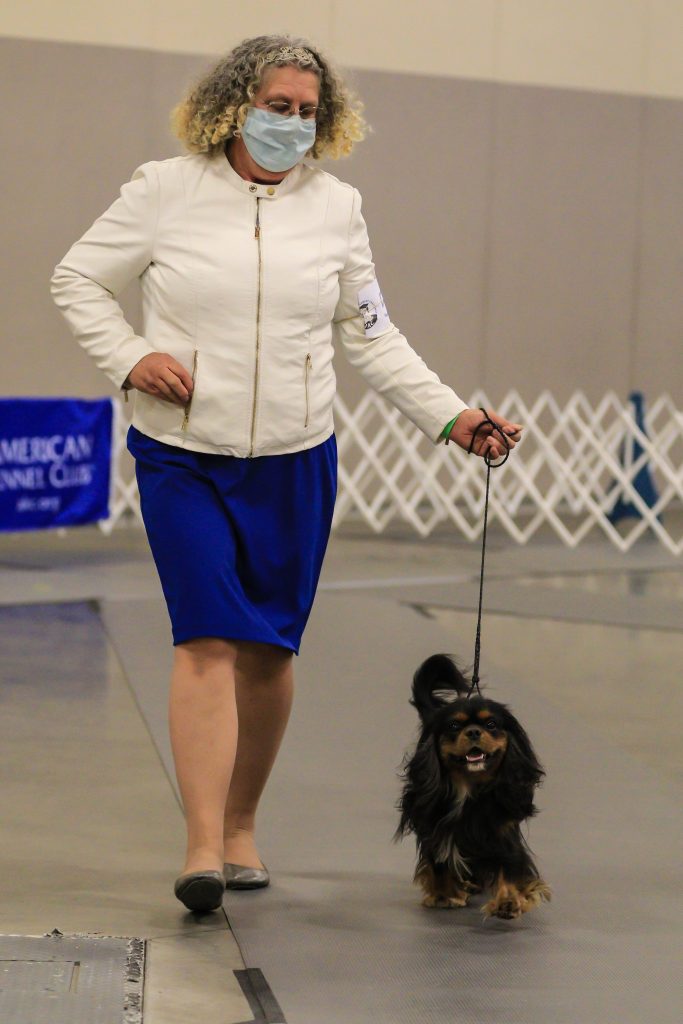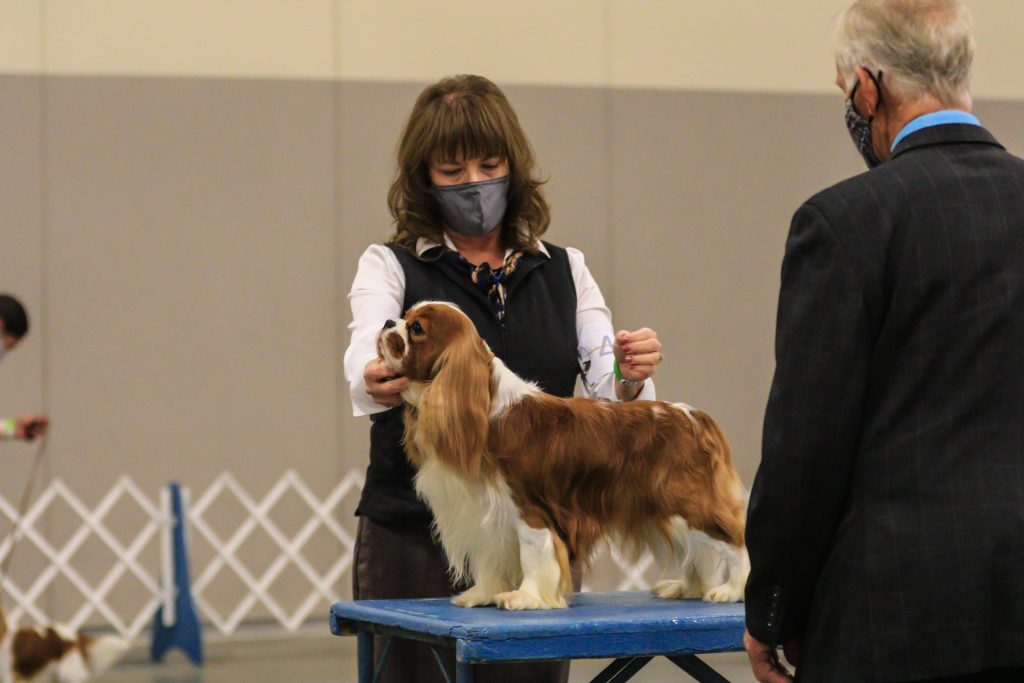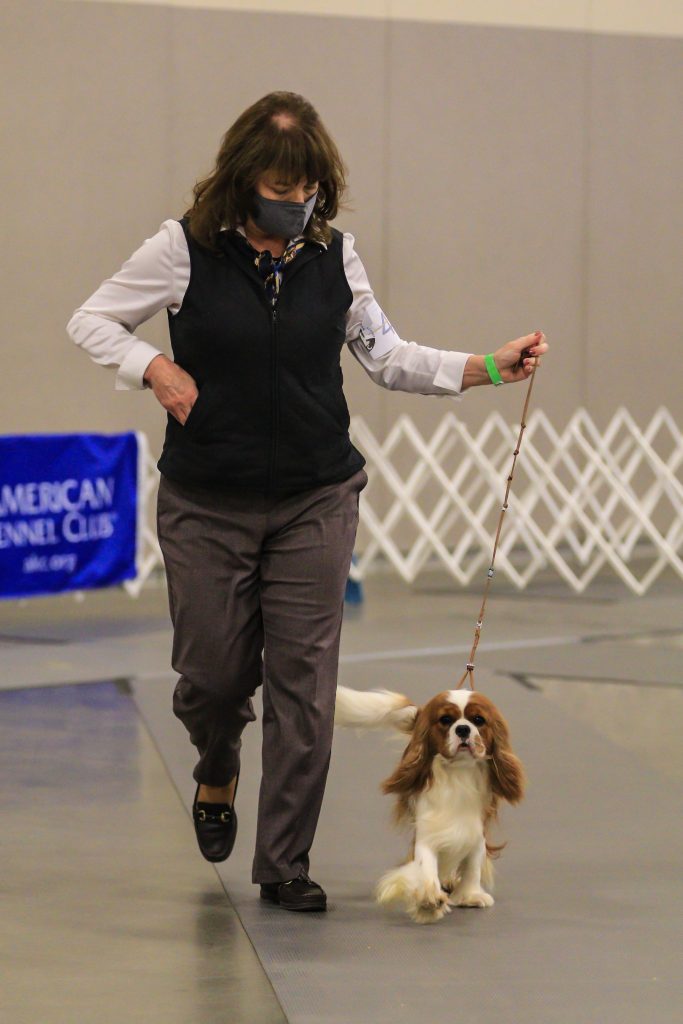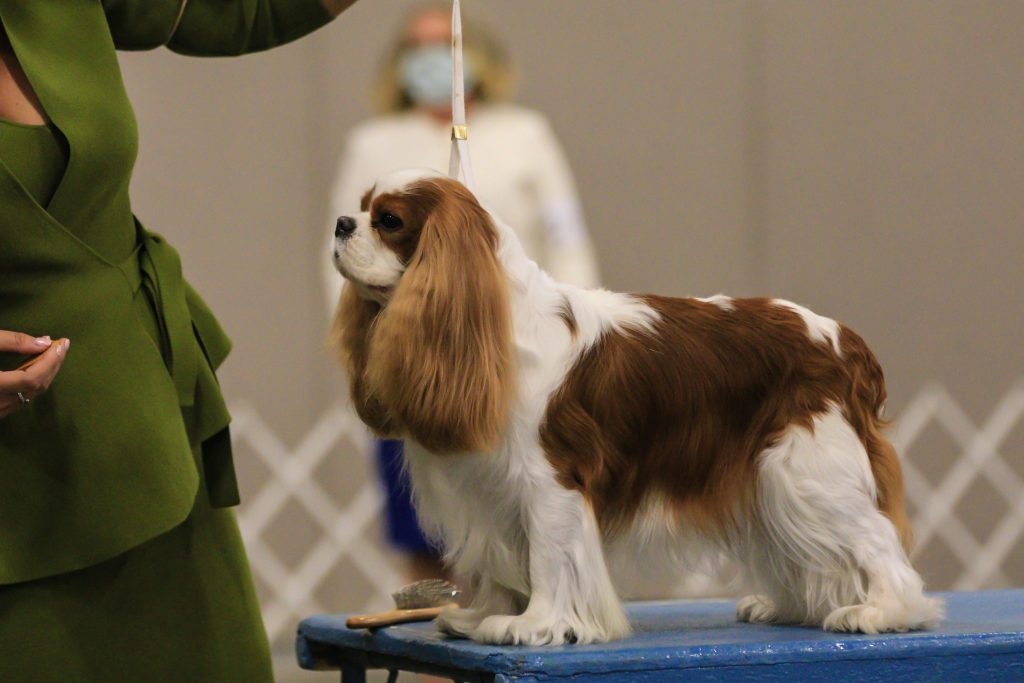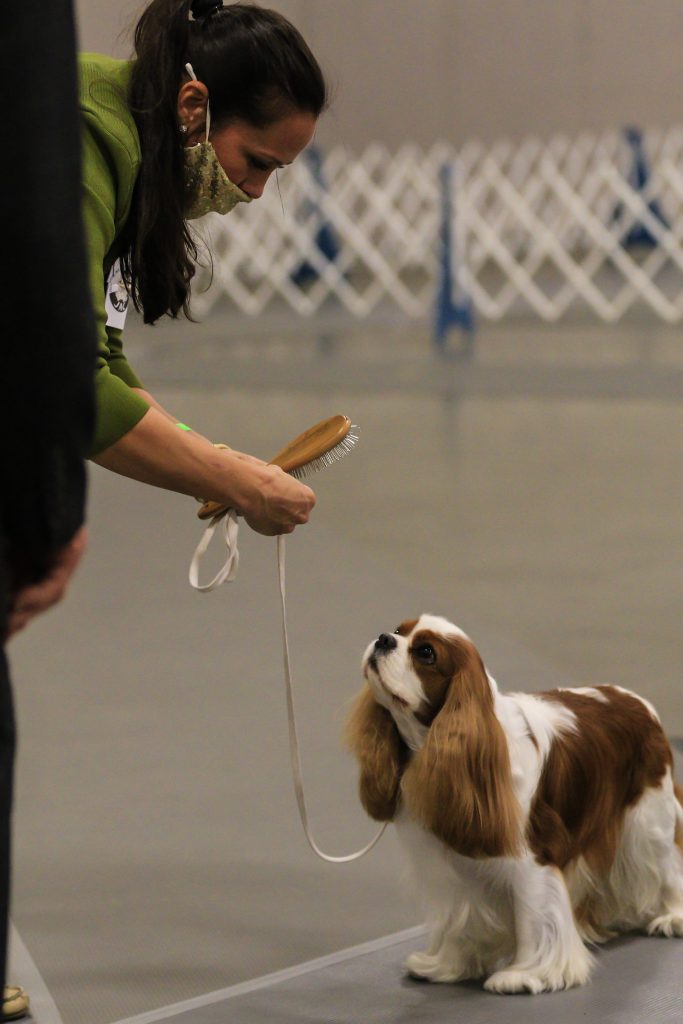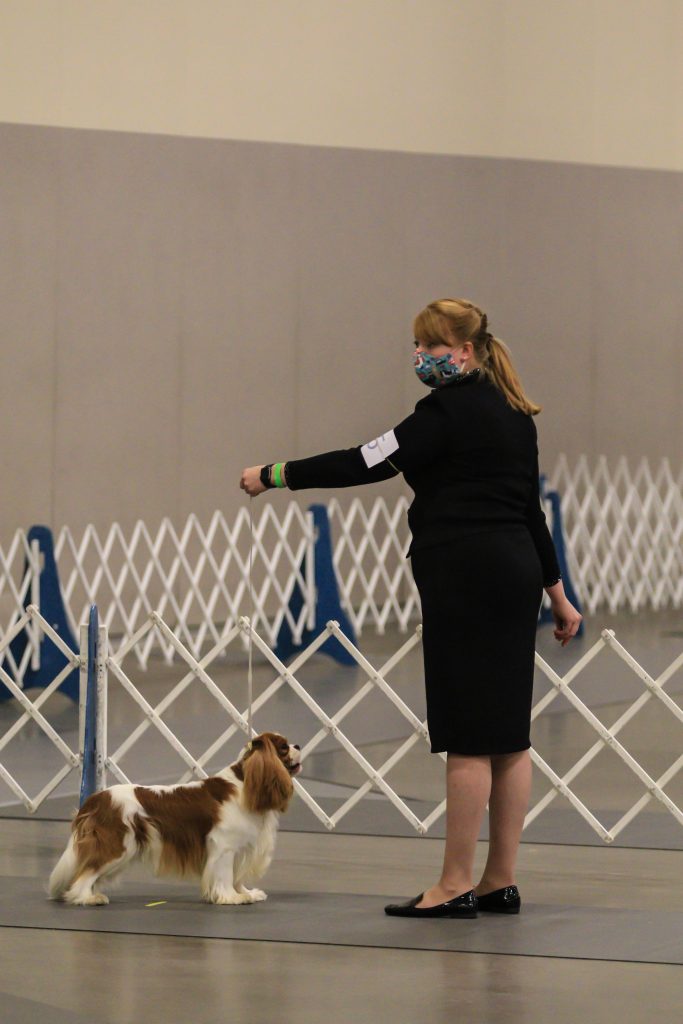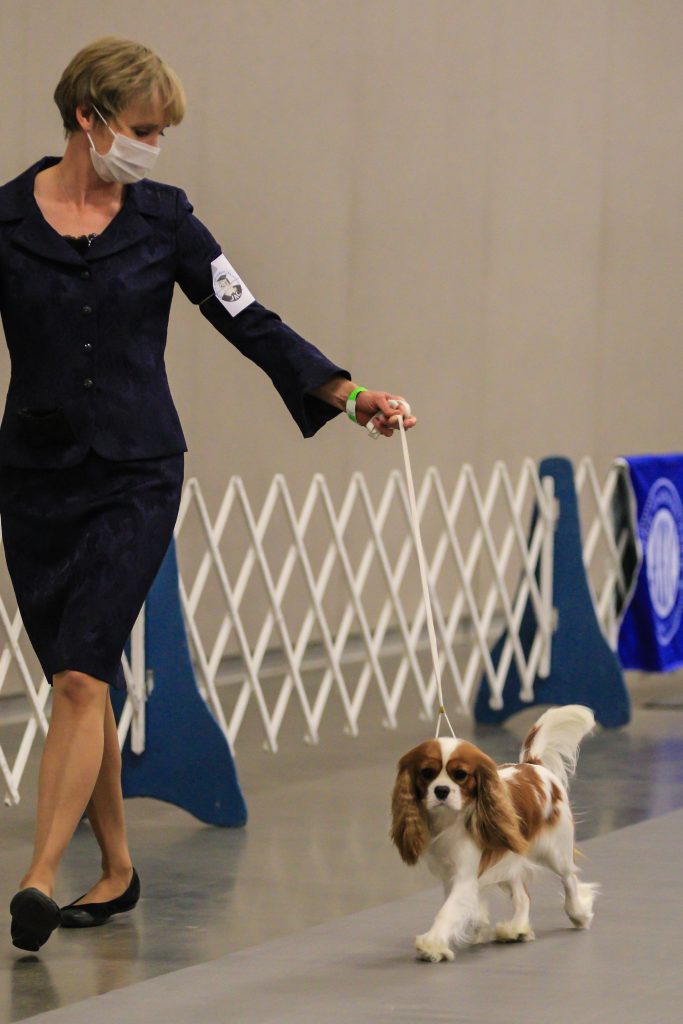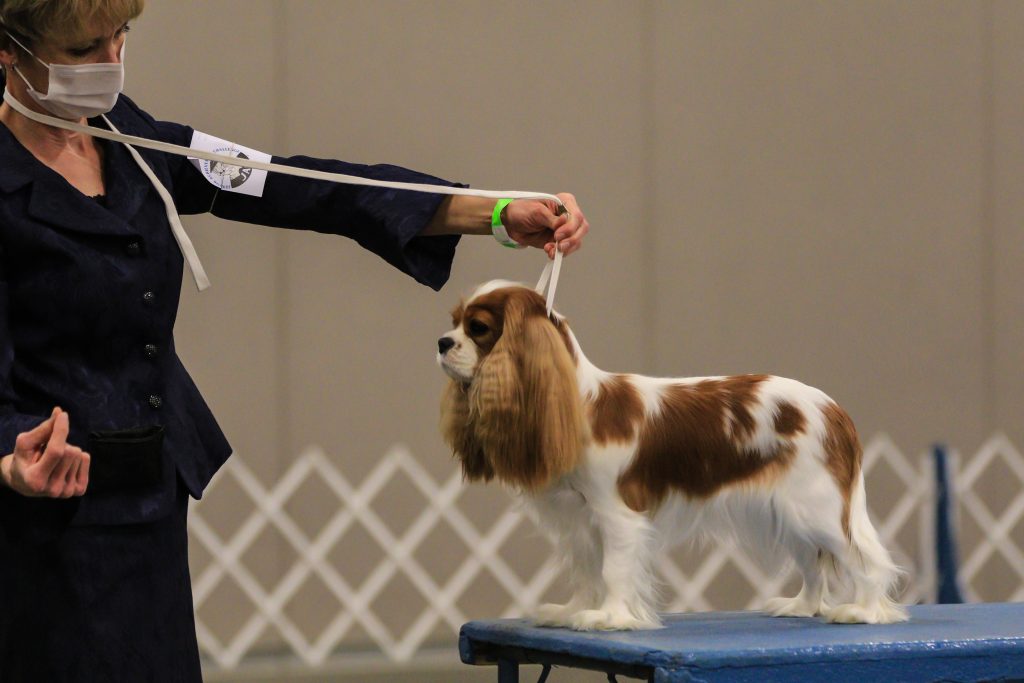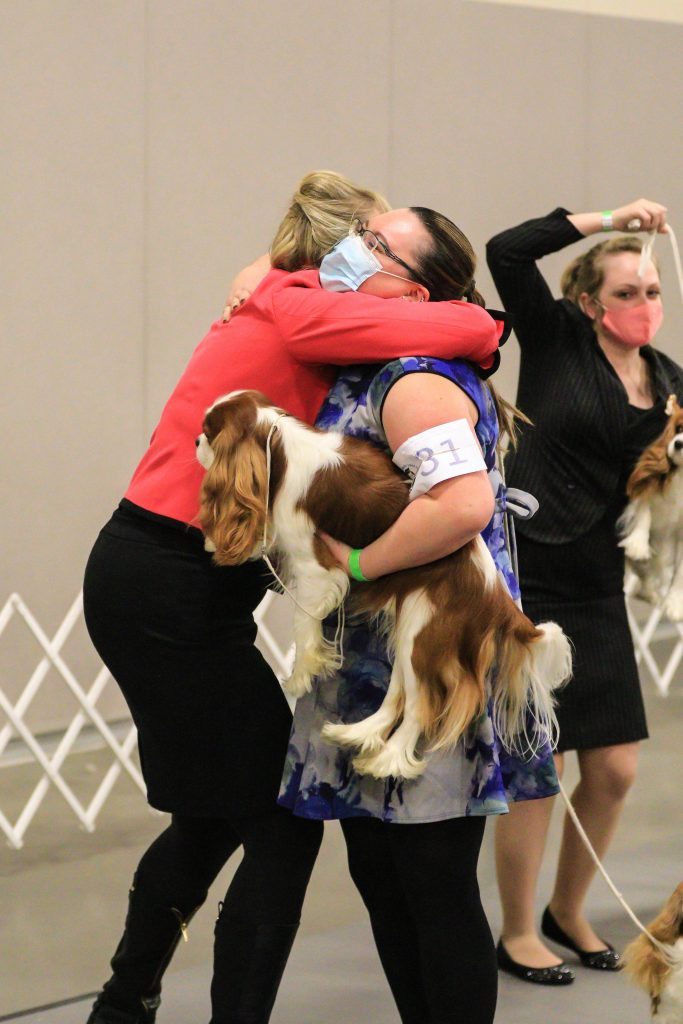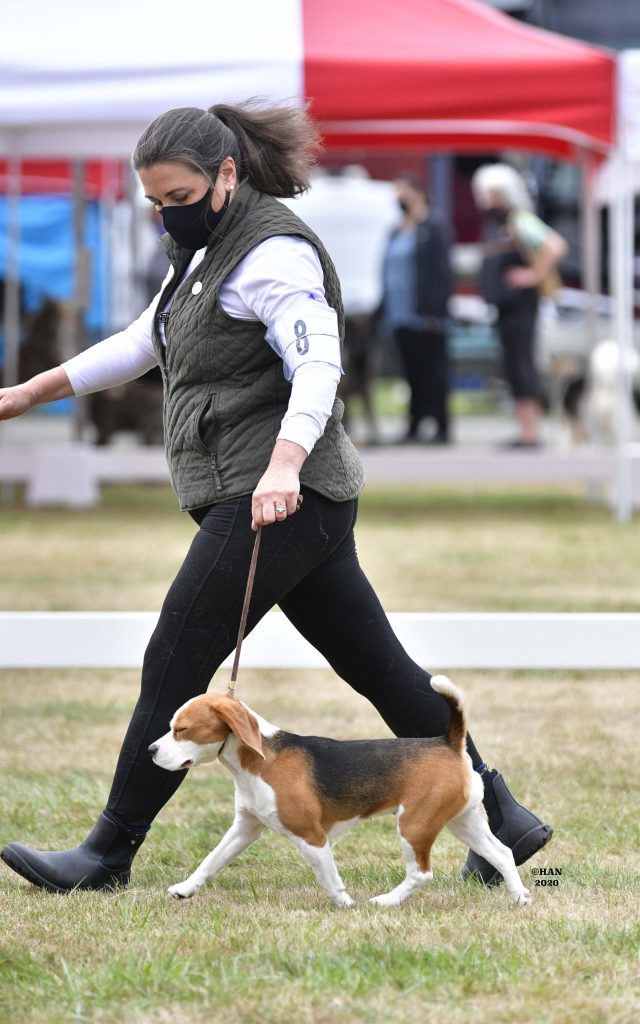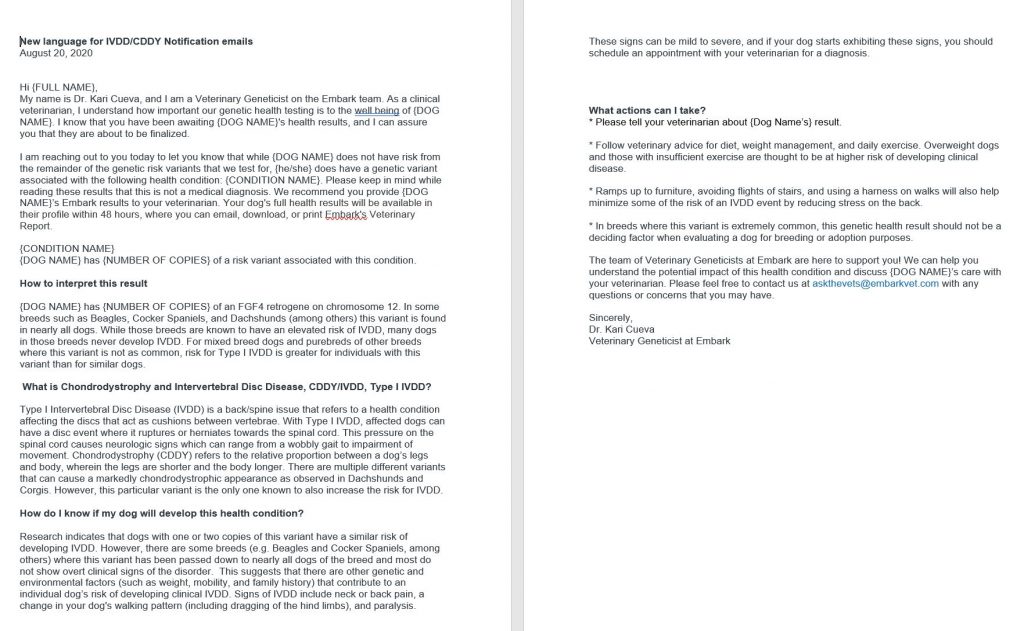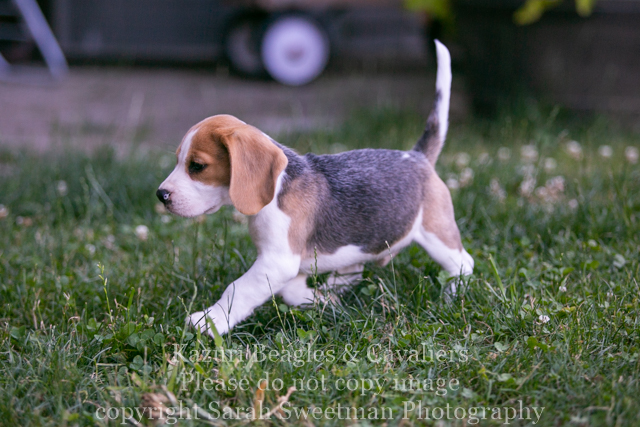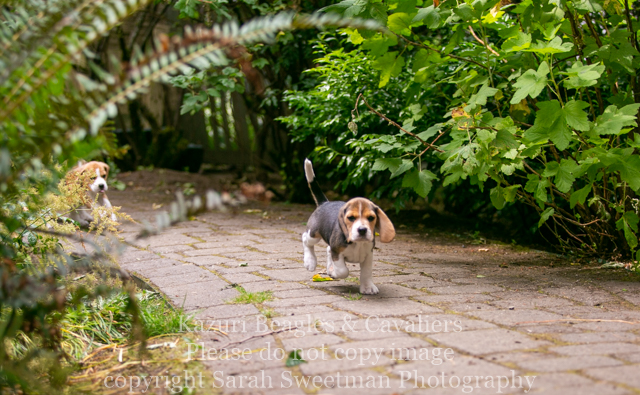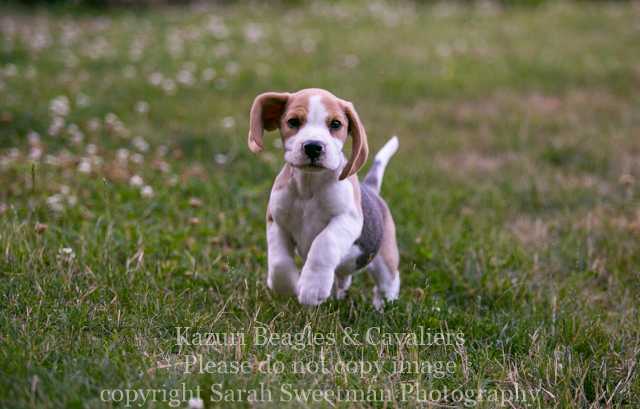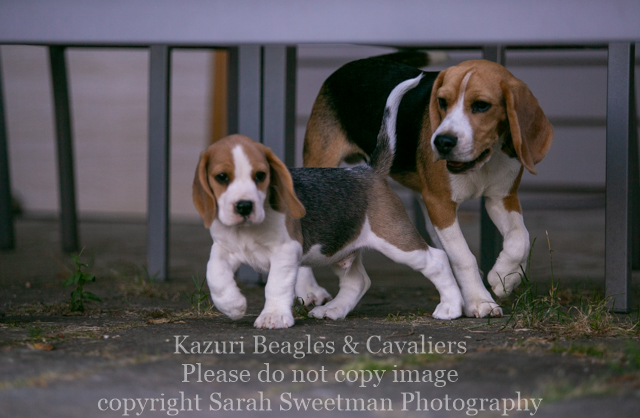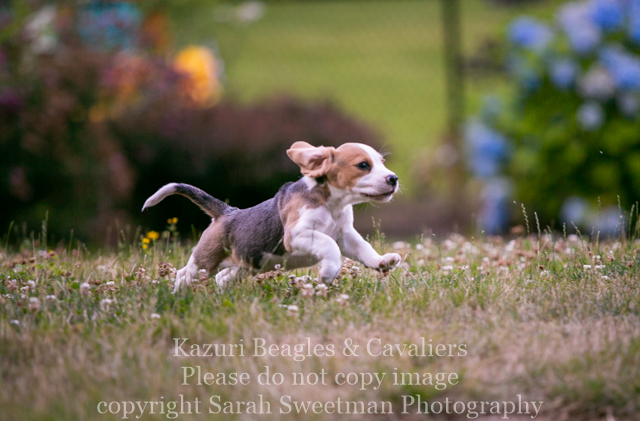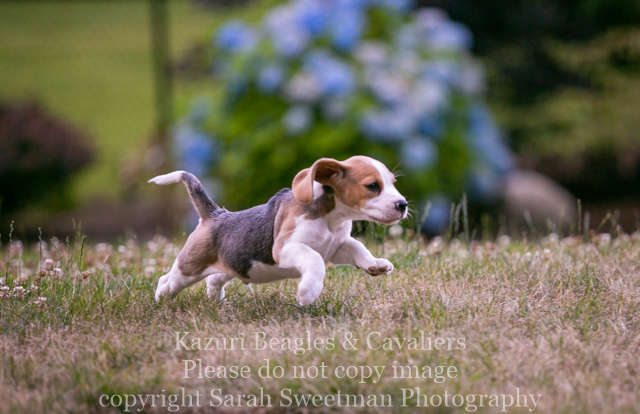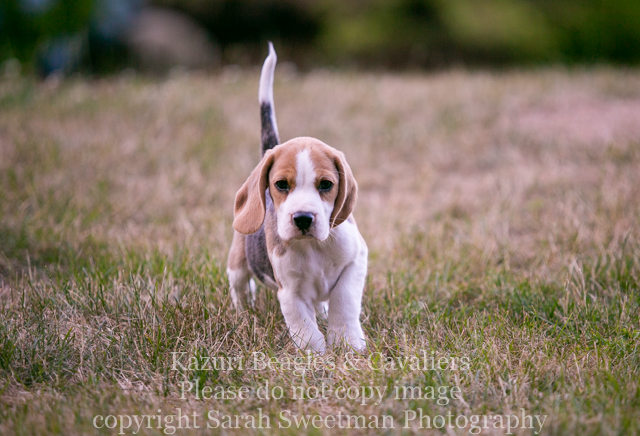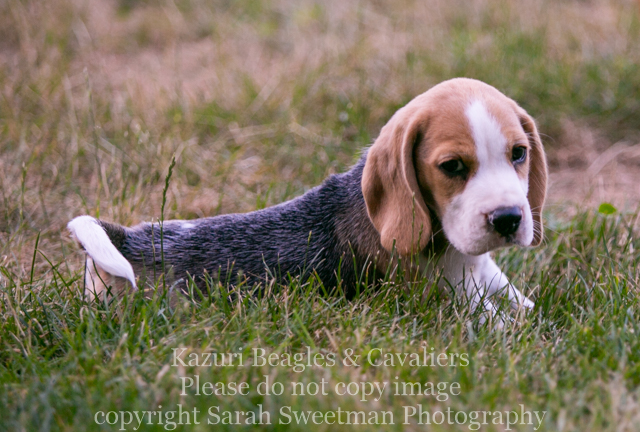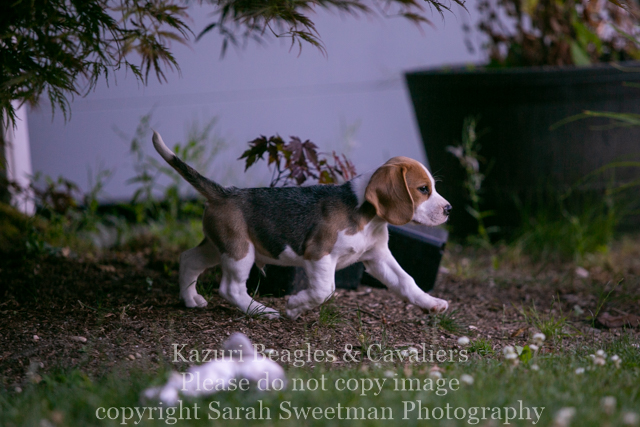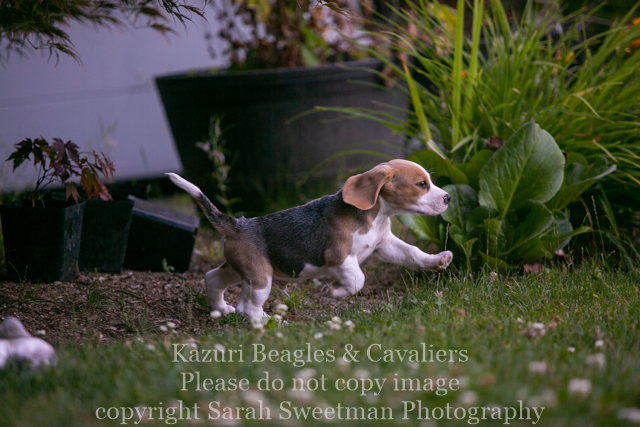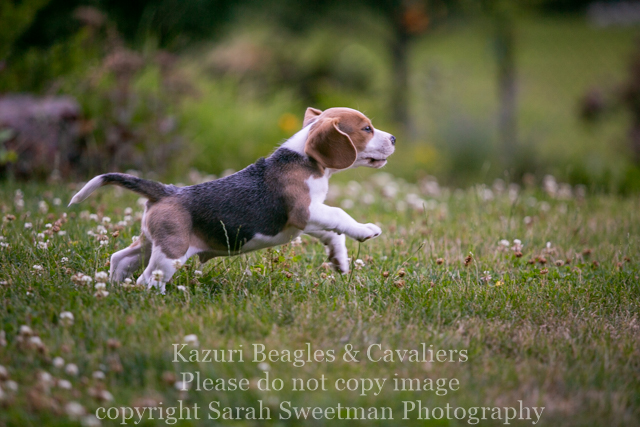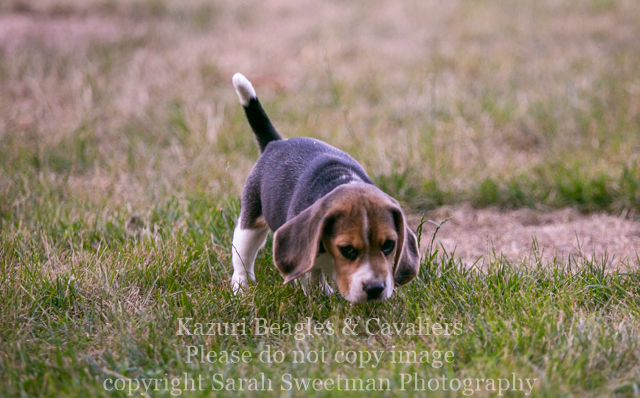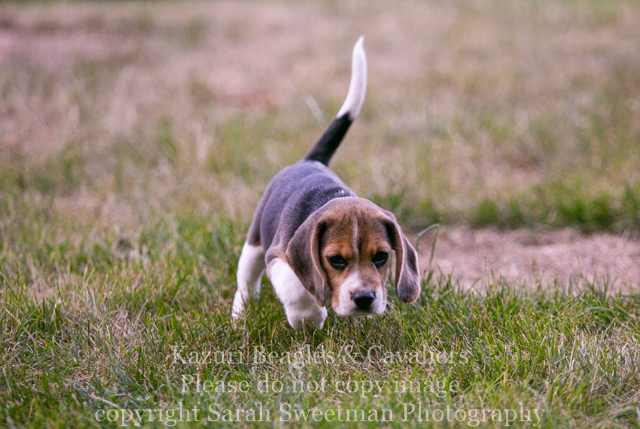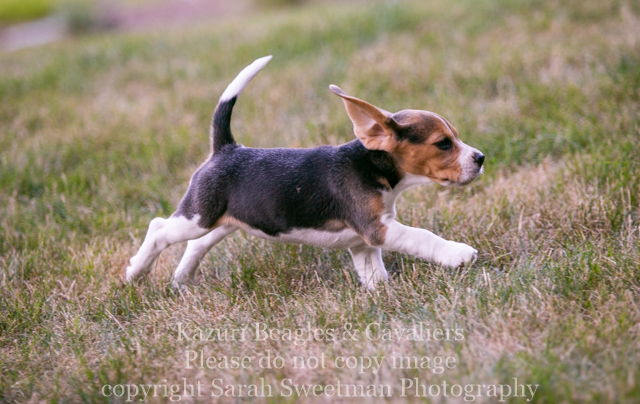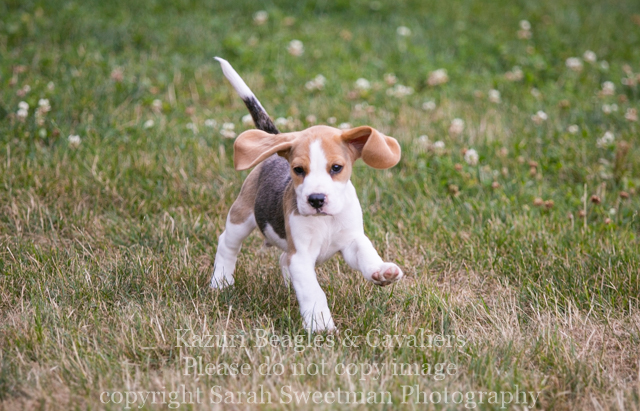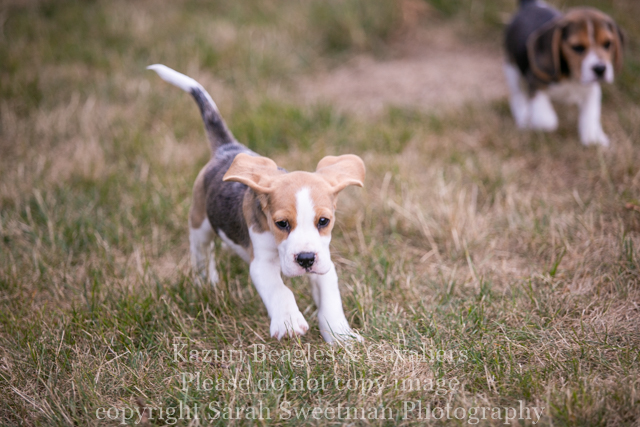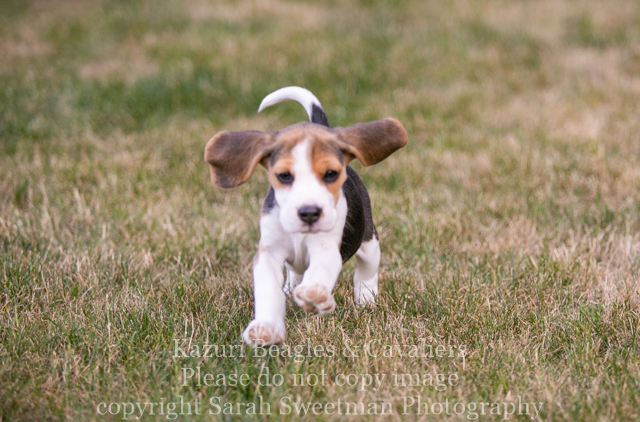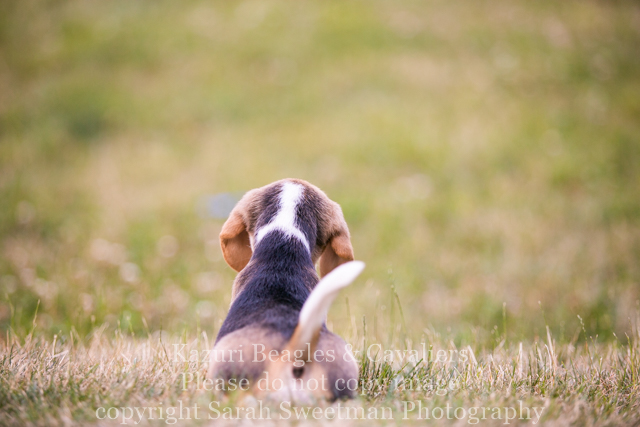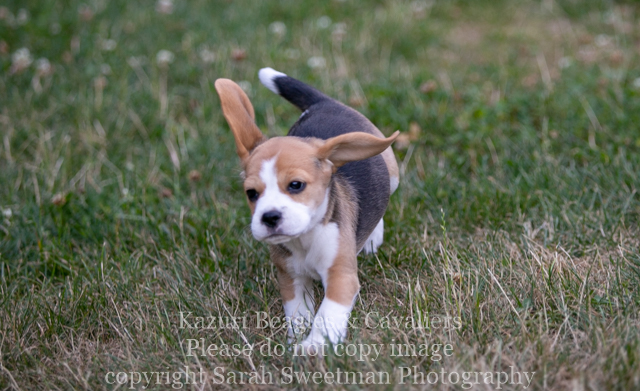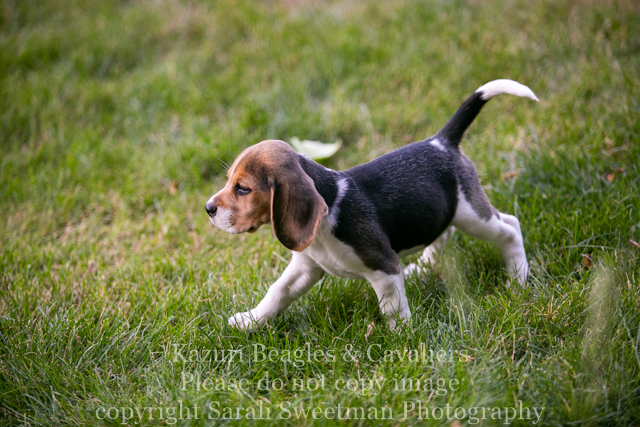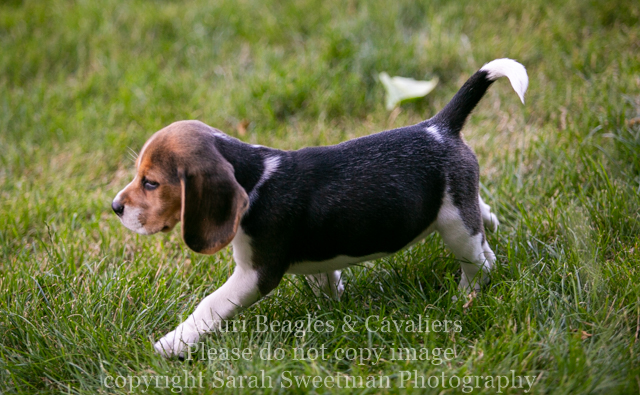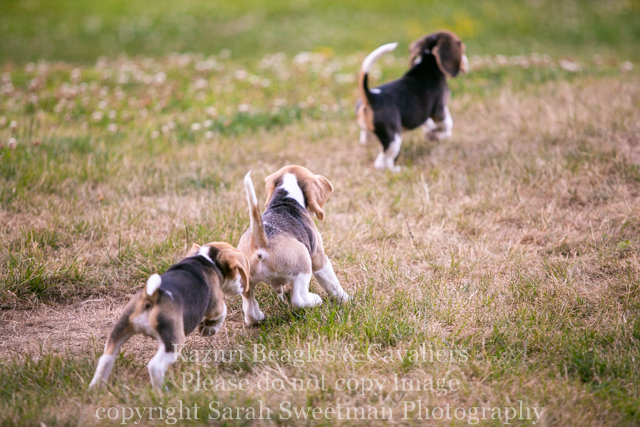Epilepsy is a complex disease. There is so much we don’t know about it. We can have dogs who don’t exhibit symptoms produce it, or others who do exhibit symptoms. Unfortunately we can not genetically test for it, so we have no way to predict. We do know it is polygenic. This means that it must be inherited from both sides, and it does seem to look like it can be passed hidden through many generations before popping up in the “perfect storm” in one puppy who exhibits the symptoms.
Some amazing breeders have put together some great information, so I thought I would share it here.
The first paper is called “Complexity of the Epilepsy Genetic Challenge”
By Khalida Hendricks
The only way epilepsy could “come from the one parent”, with no fault or contribution from the other
parent, is if the allele for epilepsy is dominant so that the offspring only has to inherit one single
dominant copy from the bitch. If the allele was dominant, epilepsy would not be able to skip
generations as we know it does.
So although it is true we do not know the exact means of inheritance, we KNOW that an affected
offspring must inherit at least one affected allele from the dam and one from the sire. (see below for
further comment on multi-genetic traits). This means that a “producer” list is a valid option, as any
beagle, male or female, that has produced the genetic form of idiopathic epilepsy must possess at least
one copy of one allele that contributes to the idiopathic epilepsy genotype.
The grey area comes in the diagnosis of the affected offspring – was the epilepsy truly genetic,
idiopathic epilepsy, or is it possible something else caused the epilepsy? It does seem that
environmental triggers may come into play even with the genetic factors, so a case of epilepsy could be
purely genetic, purely environmental, or a mix of genetic and environmental. I think most people
suspect the third option. So if 3% of beagles present with IE, it could be that some higher percent
actually possesses the genotype to develop it but never had it triggered.
Then we cloud the waters even further. It does not appear that IE in beagles is a single genetic trait,
meaning that it requires not just one allele from each parent, but it requires some specific combination
of alleles, likely from each parent. So suppose it requires a combination of three genes: aa bb cc
Suppose sire is aa bb Cc…he will not be affected, but any bitch that is Aa Bb Cc could produce an
epileptic puppy with this sire (6.25% chance of epileptic genotype for each puppy), regardless of how
“safe” her pedigree has been determined thanks to the A’s and B’s and C’s coming down through the
lines. An aa bb cc bitch (perhaps one who is asymptomatic) with this sire would produce puppies with a
50% chance of having the epileptic genotype. So this sire will likely produce more epilepsy. But maybe
another sire is Aa Bb Cc…Now a breeding the same Aa Bb Cc bitch would only have a 1.56% of having
the epileptic genotype per puppy, and even the aa bb cc bitch would produces puppies with only a
12.5% chance of having the epileptic genotype. So he is a lot less likely to sire a puppy with IE, but it
is still possible. He might be bred 100 times before he sires a puppy with just the right genetic combo
and just the right environmental triggers.
We don’t know if it is one gene (most likely not), two genes, or many more genes that cause IE in
beagles. Maybe some of the genes involved are dominant, some partially dominant, some recessive.
But we can be pretty sure that it takes a contribution from both sire and dam to produce it. So producer
lists are a start. Ideally, we would have producer lists along with frequency of producing vs not
producing, and a cross reference with the dams who have produced it. I firmly believe if we had
enough data we could narrow it down. But we don’t have enough data, from what I understand, and
even if we did the data might not be “clean” enough, because of the probability that environmental
influences also come into play.
***********
This second paper is a collection of thoughts put together by Darlene Stewart – Aladar Beagles.
WHAT WE KNOW
A seizure is caused by an abnormal nerve signal that results in a muscle response. There are many types of seizures, majority involve some loss of consciousness. If you stood behind the dog and called its name, most would be unable to respond.
1) Generalized – these are the type most people think of when they hear the word seizure. The dog will lose consciousness and get rigid. They may paddle and sometimes appear to be chewing. Many will salivate, urinate and or defecate
2) Petit Mal – Signs of this form are brief. Generally, you will see a very brief loss of consciousness, loss of muscle tone and maybe a blank stare. Even though these seizures do not appear to be as severe, the underlying cause is the same as generalized.
3) Simple Focal Seizures – The muscle movements occur in one area of the body. You may see facial twitches or muscle jerking in one area like a leg or twitching of the side. Your beagle may be alert and aware during this type. But these can progress to generalized seizures.
4) Complex Focal Seizures – These seizures are associated with strange, repetitive behaviors. Lip smacking or fly biting are common examples. Some dogs get very aggressive or vocal while others may hide abnormally.
5) Cluster – this is a term used when an animal has multiple seizures within a 24 hour period of time. These are considered very serious and need veterinary attention immediately.
6) Status Epilepticus – This is a continuous seizure that lasts 15- 30 minutes or more or multiple seizures that occur so close together that no return to normal consciousness occurs. These can be life threatening so immediate veterinary attention is needed.
Seizures can be caused by anything that disrupts normal brain circuitry. There are two types.
1) Secondary – This is a seizure caused by a known toxin, metabolic disturbance or possibly a previous brain injury/trauma. Numerous types of testing are needed to rule these in or out. These tests include a complete chemistry panel and CBC, thyroid, urine and stool. These tests can identify hypoglycemia or a possible liver shunt. If negative then an EEG as well as a CT or MRI should be performed to look for a structural brain lesion, such as a mass. Regular x-rays can only show us the bones of the skull, but not the soft tissue of the brain itself
2) Idiopathic (Primary) – This diagnosis means that there is no known cause for the seizures. This conclusion is reached after a full array of tests have been completed and they are negative. Most of these seizures are considered inherited. Close inspection of the dog’s pedigree may reveal affected relatives. Unfortunately this is the most common type that is diagnosed. Usually once on anti-seizure medication the seizure activity is well controlled.
Age of Onset of Idiopathic Epilepsy
Most dogs will start to seizure somewhere between 18 months and 5 years of age (classic onset) although in beagles seizures have been known to occur as early as 3 months (early onset) and as late as 9 years (late onset). In beagles late onset seizures appear to be about as common as the classical form.
Comments from Anita M. Oberbauer, Ph.D.-Professor and Department Chair —Department of Animal Science, UC Davis (http://animalscience.ucdavis.edu/faculty/oberbauer/) concerning the three age groups noted in beagles:
“That does indeed sound like three distinct syndromes. And syndrome is likely the best adjective to describe it. We are finding in other breeds that epilepsy is highly polygenic and while it does track to particular lines, it is less than predictable. Furthermore, we have identified regions in that are associated with epilepsy in some breeds but not at all applicable in others yet there are some that do appear to be informative across breeds. Anecdotally when breeders do purposely breed away from so called “hot” (high risk) sires, the incidence does decline. That is what I would advise your breed to do in the absence of any concerted study or validated testing scheme. As an aside, I do not know of any screening test that has successfully identified physiological/measurable manifestations in advance of actual seizures. “
Treatment
A treatment plan should be developed between an owner and their veterinarian. Obviously, if a dog has secondary seizures, correction of the underlying cause (if possible) can reduce the frequency of or even eliminate the seizures. Dogs with infrequent seizures may require no treatment and may just need to be monitored while others may require one or more anticonvulsant medications to control their seizures. Dogs with cluster seizures are challenging to control. Phenobarbital has traditionally been the drug of choice for treating seizures. There are, however, several new and promising drugs becoming more widely available for dogs.
WHAT WE DON’T KNOW
Unfortunately the one thing we do not know is the way idiopathic epilepsy is inherited. There are a number of possibilities as to its genetics, but until more specific research is done there is no way to say for sure as to which mechanism it follows. Judy Musladin and Ada Lueke wrote in the “New Beagle “that the inheritance can be followed as single recessive in the great majority of pedigrees we have studied”.
Research in other breeds has shown a potential genetic pattern although that pattern maybe polygenic in nature varying among breeds. A quote from the Canine Epilepsy Network “Epilepsy has been proven to be hereditary in several breeds and it is suspected in numerous other breeds. Right now, we don’t know exactly how epilepsy is inherited in dogs. It may well be that there are different modes of inheritance and different genes involved in various breeds and families. Preliminary results from the Canine Epilepsy Project suggest that there are two or more genes involved in some of these families.”
A 2003 paper noted that in Vizslas “We conclude that IE in Vizslas appears to be primarily a partial onset seizure disorder that may be inherited as an autosomal recessive trait.” (http://www.ncbi.nlm.nih.gov/pubmed/12774973)
The best thought is that Primary Epilepsy is inherited in some manner and all efforts to breed away from affected individuals should be undertaken by intensive pedigree analysis.
The other thing we really don’t know is why different dogs have different types of or different frequencies to their seizures. We also don’t know why different dogs respond better to treatment than others. These questions may be answered one day if the genetics of this issue are ever determined.
*************
If your dog exhibits symptoms of epilepsy, please see your vet ASAP and preferably also see a neurologist for a full diagnosis. It is important to run a panel of bloodwork to make sure that there has not been toxins involved, and there isn’t something wrong with the balance of their body.
Secondly, there are some things that have been documented to be helpful for dogs that have seizures.
- Switch to a species appropriate raw diet – there are many fillers and additives in many kibbles and so cutting those out allows your precious pups body to have as few toxins as possible in their body
- Limit vaccinations – this is a big one – I would highly recommend TITRE testing from now on (getting a blood test to make sure your dog’s immunity level is still high). Dont vaccinate your dog unless they need it as it compromises their system unnecessarily
- Add MCT oil daily – MCT oil (or coconut oil if you can’t find it). It has many health benefits
- You can try pet CBD oil – many people have reported success using this. One of the best websites i have heard of is https://petreleaf.com/

